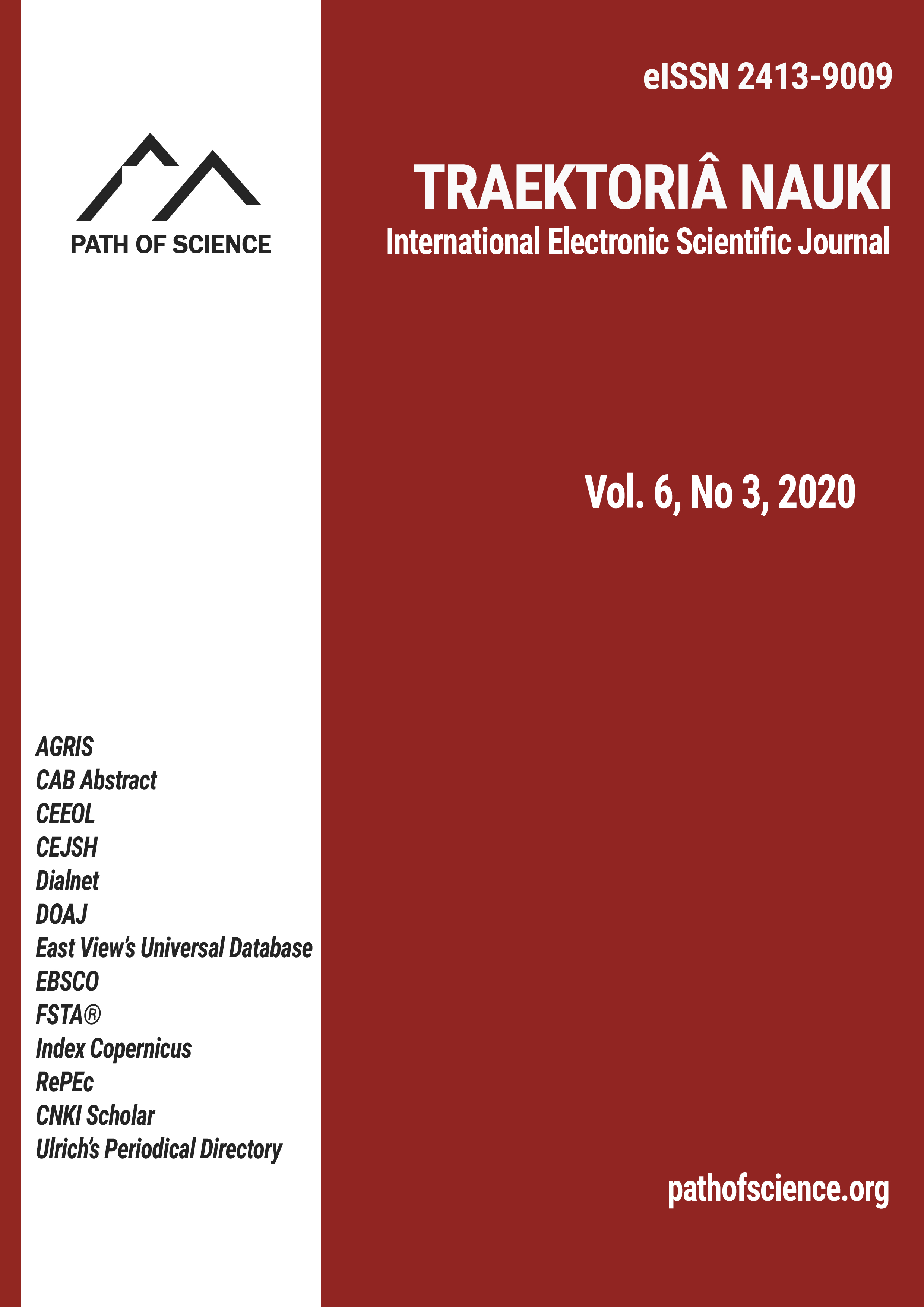Effect of Locust Bean Pod Ash and Eggshell Ash on the Mortar Compressive and Flexural Strengths of Cement Blends
Effect of Locust Bean Pod Ash and Eggshell Ash on the Mortar Compressive and Flexural Strengths of Cement Blends
Author(s): Olumide Olu Olubajo, Abubakar Jibril, Odeh Adey OshaSubject(s): Human Resources in Economy
Published by: Altezoro, s. r. o. & Dialog
Keywords: Locust Bean Pod Ash; Eggshell Ash; Compressive Strength; Flexural Strength Pozzolan; Flexural Strength; Cement blends;
Summary/Abstract: An increase in the generation of biogenic wastes such as locust bean pods and eggshells coupled with the need to drive sustainability in the cement industry has led the use of these wastes as cement replacement materials. The paper aims to investigate the effect of locust bean pod ash (LBPA) and eggshell ash (ESA) on the mortar compressive and flexural strength of ternary cement blends. The LBPA was obtained by calcining locust bean pod (LBP) at various temperatures of 800-900 °C and time of 60–120 minutes at an interval of 50 °C and 30 minutes respectively to determine the optimal conditions. The chemical composition of Ordinary Portland cement (OPC), LBPA and ESA were obtained via X-ray Fluo-rescence (XRF) Spectrometer and LBPA chemical composition did not satisfy one of the requirements specified by ASTM C618-01 (2001) with SiO2+ Al2O3+Fe2O3 of 30.42 wt. % which is less than 50 wt. %, but satisfies SO3 content requirement of 0.7 wt. % and Loss on Ignition (LOI) of 7.12 wt. % and contains 19.42 wt. % CaO which is within the range of 10-30 wt. % CaO is class C pozzolan. The com-pressive strength of blended cement mortars at the early age of 2 and 7 days pro-duced better strengths for cement blends with higher ESA content than LBPA especially at LBPA/LBPA-ESA ratio of 0, 0.4 and 0.6 for 2.5 wt. % cement replacement respectively. The early strength gain could be attributed to the provision of more nucleation sites by ESA inclusion which results in the acceleration of cement hydration rate. On the other hand, the enhanced strengths at 28 days of cement blended with various replacement from 2.5–10 wt. % could be attributed to the pozzolanic reaction between the available lime and reactive silica from LBPA despite clinker diminution which was close to control. Another reason for enhanced strength' could be attributed to the increased potassium content by an increase in LBPA content resulting in a gradual strength gain (retarder) muscovite formation K2Al2Si6Al4O20(OH)4. All cement blends experienced an increase in the mortar compressive and flexural strengths as the curing day progressed with some blends producing enhanced strength compared to control especially with 1.5 ESA1LBPA produced the best strength at 50.15 (6.82) N/mm2 against 48.80 (6.80) N/mm2. This enhanced strength could be related to the pozzolanic activity and the high potassium content from LBPA despite clinker diminution, especially at 28 days.
Journal: Traektoriâ Nauki
- Issue Year: 6/2020
- Issue No: 03
- Page Range: 4001-4016
- Page Count: 16
- Language: English

